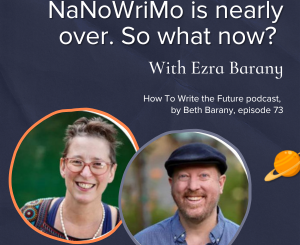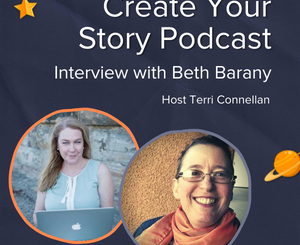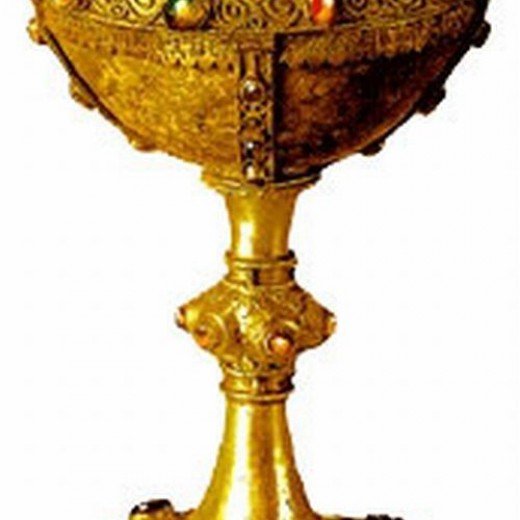What I wished I’d learned first by novelist, Carol Malone
 Today we welcome back our adventurous novelist, Carol Malone. She’ll be telling us about her “Ah-Ha” moment and give us tips on how to find what workshops stimulate the writing process, and what books best serves the needs of budding writers.
Today we welcome back our adventurous novelist, Carol Malone. She’ll be telling us about her “Ah-Ha” moment and give us tips on how to find what workshops stimulate the writing process, and what books best serves the needs of budding writers.
***
I wrote six manuscripts before I ever thought I might need some professional help – the writing kind and the psychological type. (What will all those characters screaming at me in my brain!) It hurt to hear people telling me my beloved stories sucked. I just couldn’t figure out why they didn’t want to continue reading my manuscripts after they asked me if they could.
I was handed an article from the newspaper advertising a Writer’s Boot Camp being held in our local area. I was both intrigued and petrified. But I recognized an opportunity to get help and create better stories.
The boot camp was conducted by a former executive editor from Macmillian and St. Martin’s Press, who had taught writing on the east coast, and was currently a Beverly Hills agent, Toni Lopopolo, and her fellow teacher, a thirty year creative professor from USC, Shelly Lowenkopf. To say I was slightly intimidated by these professional people would be a classic understatement. I felt like a junior high cosmology student being instructed by Carl Sagan.
I took the leap of faith and signed up.
What I received from these brilliant people was a million dollar education into the basics of the writing craft and an unquenchable thirst to learn more. They introduced to me the bible of self-editing, a book dedicated to helping the writer “perfect your manuscript,” by Brown & King, (see No. 1 on the list). The second book in their arsenal was a book dedicated to helping you “kill my darlings,” while creating interesting writing, by Sol Stein, (see No. 6).
After that first explosive learning adventure, I took as many workshops on writing as I could afford. Each instructor had a list of one, two, or three more books they considered MUST-HAVEs for the newbie author, (see No’s. 3, 5, 7-10). When I found Beth Barany and started working with her as my book coach, she had her own recommendations, (see No. 4). My library of how-to-write books started to grow exponentially with my pleasure-reading books.
With limited funds at my disposal, I had to draw the line on the number of books and workshops I could purchase. It soon became apparent every writer has their own writing process and a vast majority of authors what to tell the world about it by writing their own how-to book. This is when I had a revelation – my “Ah-Ha” moment: I didn’t need every book ever written on the subject, I just needed to find the best ones for me.
What is the best writing advice for you?
Here’s my short list of books on the craft of writing:
1. Self-Editing For Fiction Writers, Second Edition by Renni Brown and Dave King
2. Believable Characters – Creating with Enneagrams by Laurie Schnebly
3. The Emotion Thesaurus: A Writer’s Guide To Character Expression by Angela Ackerman
I keep these top three books next to monitor as I write.
4. GMC: Goal, Motivation and Conflict: The Building Blocks of Good Fiction by Debra Dixon
5. The Hero’s 2 Journey by Michael Hague.
6. On Writing by Stephen King
7. Stein On Writing: A Master Editor of Some of the Most Successful Writers of Our Century Shares His Craft Techniques and Strategies by Sol Stein
8. The War of Art by Steven Pressfield
9. The Fiction Writer’s Handbook by Shelly Lowenkopf
10. Bird by Bird by Anne Lamott
My advice to you: Take workshops, read books. But be judicious. This past January I did a foolish thing – I took three workshops at the same time. Made myself ill. However, two of those workshops turned out to be the very ones I wished I had taken BEFORE I started writing. One workshop was entitled, “Fatal Flaws,” taught by Laurie Schnebly from her dynamite book, (see No. 2 on above list), and the other was “Show vs Tell,” by Laurie Sanders where she advised us to acquire Book No. 3. I’ve taken two more by each instructor – priceless.
The valuable education I gained from these two fabulous ladies centered on creating memorable, believable characters and writing stories that change lives. How I wished I’d taken these two emotional writing courses right at the start, soon after I learned how to self-edit. In succeeding articles, I will discuss in greater detail what I learned from these two invaluable educators, Laurie and Laurie.
Stayed tuned to this Bat-Channel and consider this: do you want to change your reader’s experience and have them say your book transformed their life?
***
 Carol Malone successfully combined her three passions – romance, sports, and writing in her 5-Star rated book “Fight Card Romance: Ladies Night.” The first woman to climb under the ropes of the boxing ring in a classically male dominated genre, Carol created a mash-up of happily ever after and kick-in-the-pants, fist-pounding action. Her books entice readers to scramble into a front row seat for a power-packed thrill-ride or swoon to stories of tender passion. If not hammering out new tales, Carol reads, watches sports or the Food Network on TV, or hangs with her author husband on the coast of California. She invites you to read about her latest book releases, chat about sports and amour. To do that, please visit her website, LIKE her Facebook page, or send a Tweet.
Carol Malone successfully combined her three passions – romance, sports, and writing in her 5-Star rated book “Fight Card Romance: Ladies Night.” The first woman to climb under the ropes of the boxing ring in a classically male dominated genre, Carol created a mash-up of happily ever after and kick-in-the-pants, fist-pounding action. Her books entice readers to scramble into a front row seat for a power-packed thrill-ride or swoon to stories of tender passion. If not hammering out new tales, Carol reads, watches sports or the Food Network on TV, or hangs with her author husband on the coast of California. She invites you to read about her latest book releases, chat about sports and amour. To do that, please visit her website, LIKE her Facebook page, or send a Tweet.
Website: carolmalone.net
Facebook: https://www.facebook.com/carolmaloneauthor
Twitter: https://twitter.com/CarolAnneMalone







[…] Read the post… […]
Haha, I think all writers could use help from time to time, including the psychological kind!
Thanks Lori, for popping by to comment. Sometimes I think I’m going nuts when the writing isn’t flowing and I’d rather veg in front of the TV. It’s a mental struggle as well as an emotional fight to keep pushing forward. Thanks for the comment.